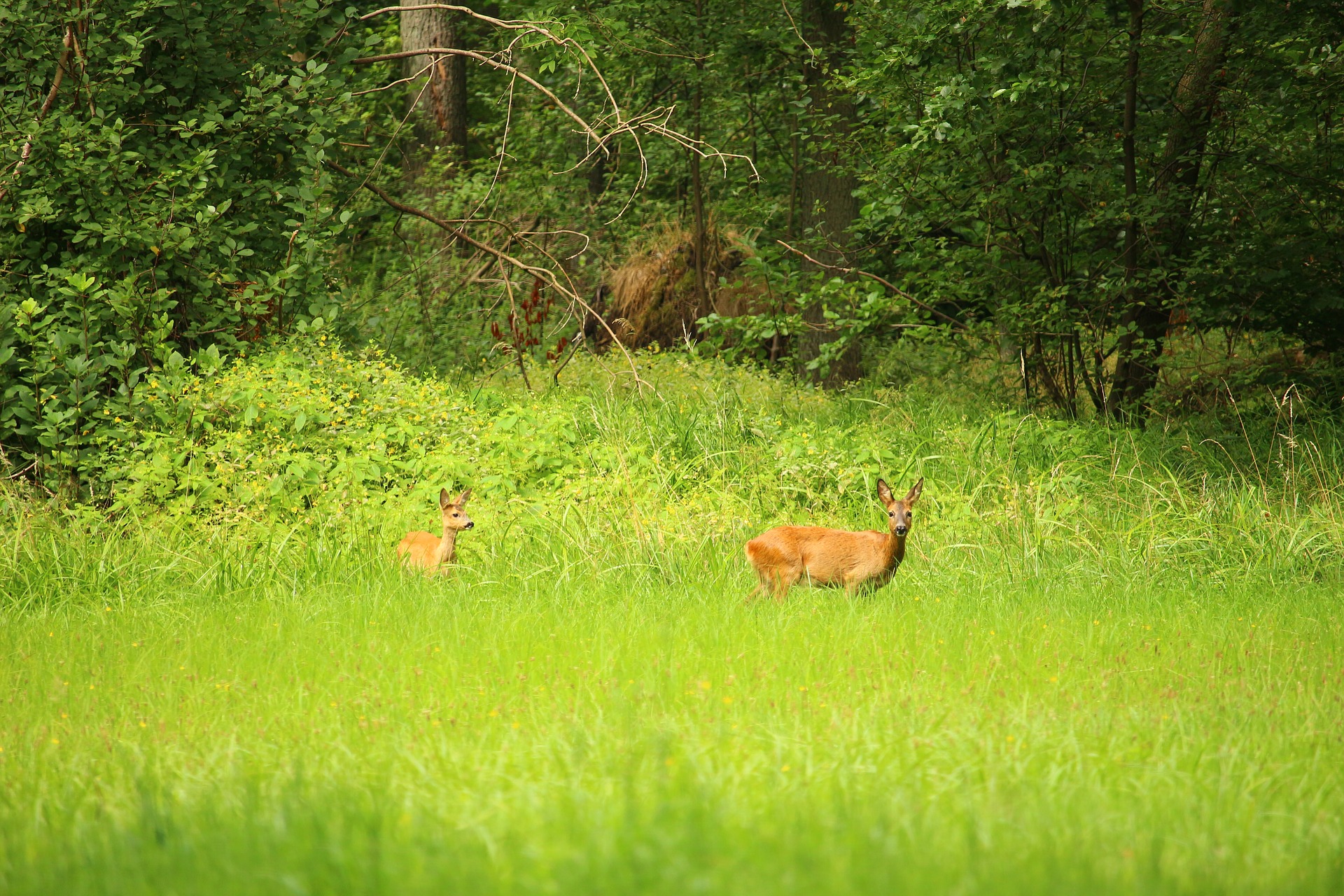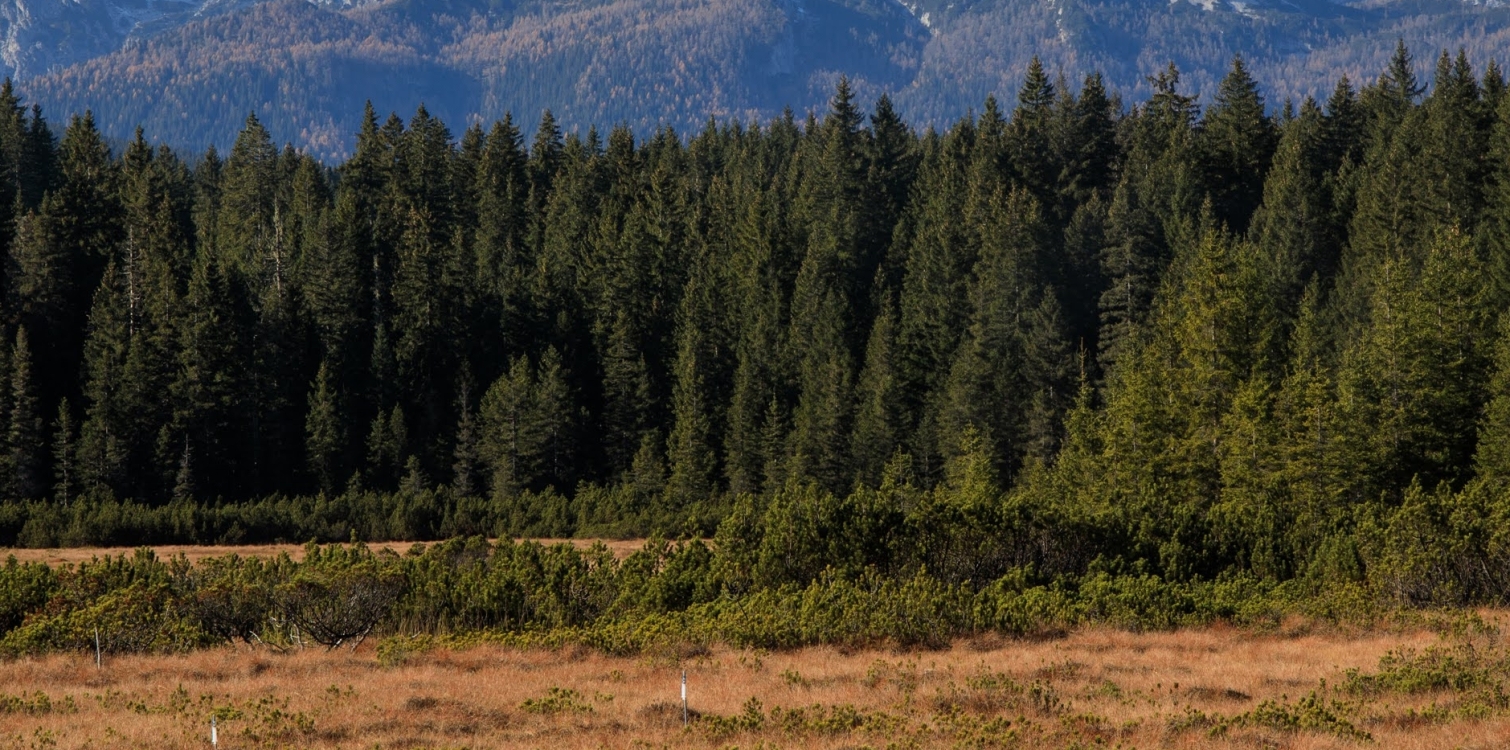
Source: Rihaij / Pixabay
Living conditions in a forest are different from living in a meadow. In a forest, there is more moisture, less light and wind, and fewer temperature changes. Different species of animals and plants live or grow in a forest than in a meadow.
At the edge, the forest gradually changes into a meadow through shrub species.
The diversity of plant and animal species is high here, as species from the forest, forest edge, and meadow all converge in this small area.
Since there is more light in the meadow, low-growing plants are more common. Low-growing plants are quickly within reach of a grazing mouth, snout, or beak. The forest edge is especially attractive to many animal species, such as deer, because it offers the opportunity for a quick retreat into the shelter of the forest and an abundance of food in the rich shrub growth and meadow pasture.
The forest edge is also a natural and effective filter. It keeps out dust and gases and provides anti-noise protection. The forest edge in the immediate vicinity of our homes offers us the opportunity to pick forest fruits (blueberries, wild strawberries, chestnuts, mushrooms, etc.) and to observe animals and plants.
DID YOU KNOW?
- Chamois do not sweat, as they could freeze in winter with greater exertion.
- Do you know the Slovenian legend of Zlatorog ("Golden horn")? It is about a white chamois with golden antlers. There is also a statue of it set up by the lake in Bohinj.

